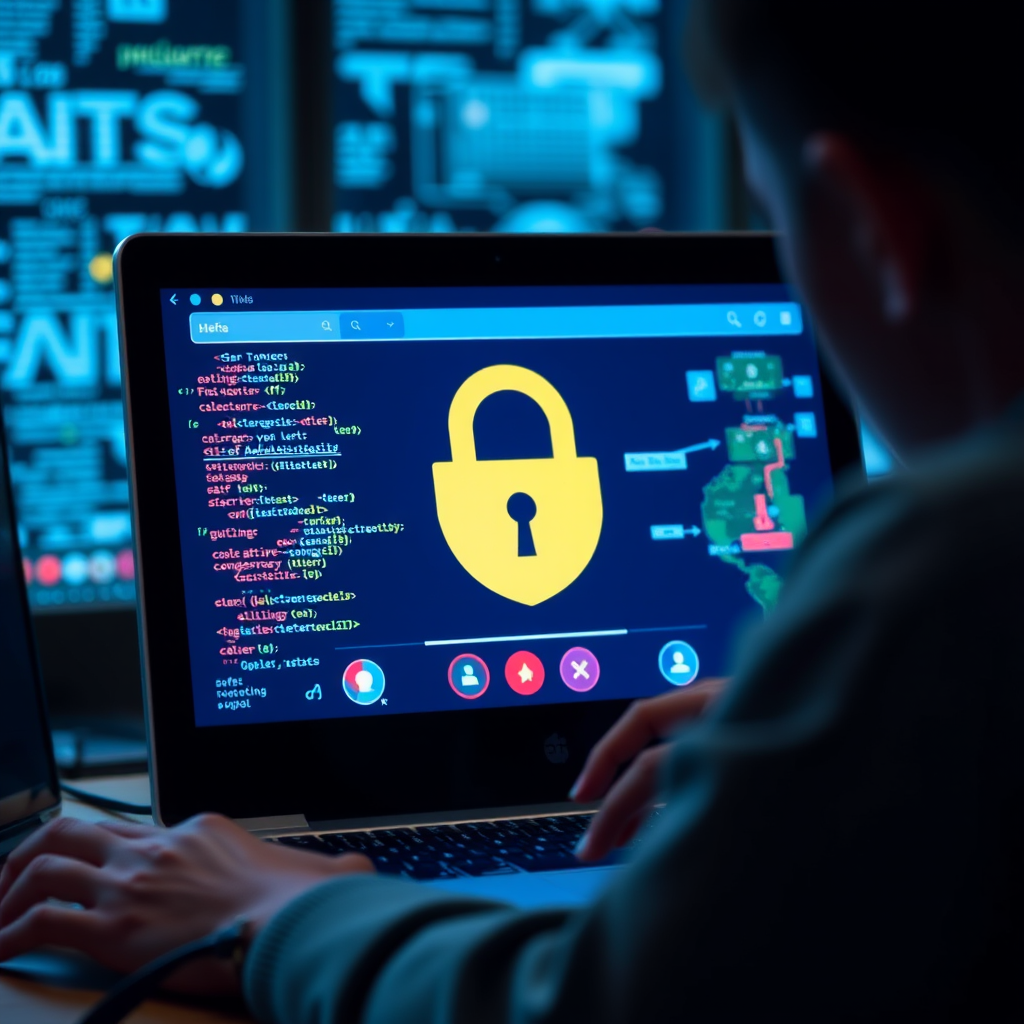Why a Daily Security Mindset Matters
Prioritizing the safety of personal and organizational assets is important if you want to develop a security mindset that is focused on privacy and security. To get into this frame of mind, here are some key steps:
Know What A Security Mindset Is And How It Works.
- Thinking Ahead: Having a security mindset means always looking for possible risks and weak spots in different situations, from internet interactions to real-life situations. This means you should always think about “What could go wrong?” and take steps to prevent it.
- Risk Awareness: Know that risks can come from many places, such as data breaches, social engineering, and phishing attacks. The first step in reducing these risks is to understand them.
Consistent Training And Education
- Continuous Learning: Go to training events on a regular basis to learn about the newest security threats and the best ways to protect yourself. This should be more than just once a year; to keep security in mind, think about holding classes or updates every month.
- Peer Learning: Create a space where workers can talk about security incidents and share their experiences and lessons learned. Peer talks can make people more aware and give them useful information.
Put In Place Strong Security Mindset Measures
- Strong Passwords: Use a mix of capital and lowercase letters, numbers, and symbols to make your passwords hard to guess. If you need to keep track of different passwords for different accounts, you might want to use a notebook or a password manager. We recommend checking our article: Tips On How To Manage Passwords Securely
- Two-Factor Authentication (2FA): Whenever you can, add an extra layer of security to your accounts by turning on 2FA instead of just using passwords.
- Regular Software Updates: To protect yourself from security holes that attackers could use, keep all of your software, including operating systems and apps, up to date.
Don’t Share Too Much Information
- Be Careful On Social Media: Don’t share too much personal information that could be used against you in any form, such as location, or important dates. Check your social network’s privacy settings to decide who can see your stuff.
- Think Before You Click: Be wary of emails or messages you didn’t ask for that ask for personal information or tell you to click on links. Always make sure the sender is who they say they are before replying. Also if possible use any antivirus or a service as virustotal before opening the files.
Get Into The Habit Of Safe Browsing
- Use HTTPS Websites: To keep your information safe, make sure that the websites you visit use HTTPS. This keeps other people from getting your info while it’s being sent.
- Use Tools That Focus on Privacy: To improve your online privacy, think about using privacy-focused search engines (like DuckDuckGo) and browser add-ons that block ads and trackers.
Also, we recommend browsers such as Brave and Mozilla Firefox, this last one allows you to install extensions even in it’s mobile device’s version. So installing extensions such as NoScript allows you to block third-party trackers and JavaScript in websites where you haven’t approved their execution, which will enhance your overall online security.
To learn more we recommend checking: Daily Web Browsing Threats: Trackers & JavaScript Security Risks.
Encourage A Culture Of Safety Consciousness
- Encourage Reporting: Make sure workers don’t have to worry about what will happen if they report suspicious behavior. You as an individual can also report any suspicious activity depending on where you find the objectionable content, for example, if you see suspicious posts on Facebook, you could report it to Facebook directly. Early reporting can help stop possible threats before they happen.
- Encourage Accountability: Tell people they are responsible for their own actions, which reinforces the idea that everyone has a part to play in keeping things safe.
Check The Safety Measures Often
- Security Audits: Regularly check your company’s security with audits and penetration tests to find weak spots and places where things could be better.
- Keep Up with Threats: Get information about new cybersecurity threats from reliable sources such as OWASP and change your tactics as needed.
By using these tips, people and businesses can build a strong security mindset that puts privacy and security first. This will lower the risk of cyber threats and make it easier to defend against attacks overall.
